You are here
Back to topCherries Top Chinese Web Searches, Prices ‘Slashed in Half’

In a recent report by China’s CCTV Finance and Economics television channel, merchants from the fruit section of the Lingjiatang Agricultural Trade Wholesale Market in Jiangsu province shared that in the past, cherries have sold for at least 500 yuan a box at this time of year — this year, however, they are selling for a mere 200 yuan per box. After visiting several fruit retail stores in Changzhou city, the CCTV journalist also discovered that cherries were consistently occupying the prime position in stock displays. Cherry prices are currently ranging between 60 and 120 yuan per kilogram, depending on the size of the fruit. A bumper harvest at cherry orchards this year has resulted in consumer-friendly prices, and sales are booming. At local wholesale markets, the daily cherry sales of a single fruit store can reach 5,000 kilograms or more.
Shortly after the CCTV news report was aired, cherries hit number one in the “hot search” rankings on major Chinese social media platform Weibo, indicating that netizens are currently paying plenty of attention to cherries. As for the claim that cherry prices have been “slashed in half,” Produce Report interviewed a number of industry stakeholders to get their opinions; fruit sellers expressed that the market is currently heating up and prices are rebounding.
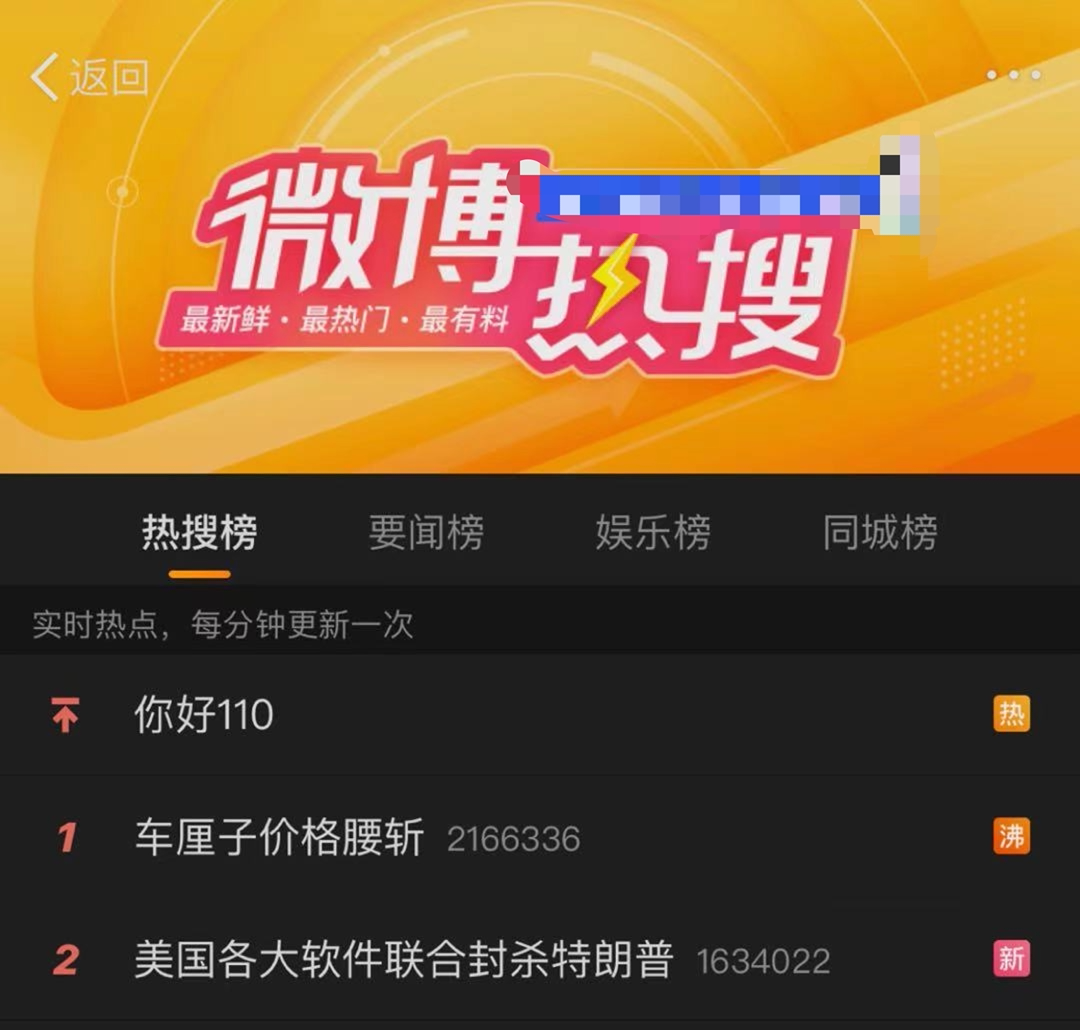
Market volatile over New Year’s holiday; neighborhood e-commerce merchants enjoy robust sales of small units
Over the New Year period, sales peaked all over the country, with stock moving quickly. This led to some adjustments in cherry prices. Owing to high demand over the New Year holiday, some cherry prices went up, with prices for premium-quality cherries exceeding those of ordinary cherries by anywhere between 30 and 100 yuan per box.
After the holiday period came to a close, cherry prices fell once more, most notably for small J-size cherries. According to industry insiders, as a result of fierce competition among large e-commerce merchants, this year many sales platforms are using J-size cherries as a “hook” to entice customers, taking up a sizeable chunk of the market in lower-tier cities and rural areas. These platforms are splitting large five-kilogram packages of cherries into small portions weighing 100–250 grams and using them in “subsidized” sales promotions to attract new customers and boost transaction volumes, which has driven down retail prices. In December, e-commerce giant Pinduoduo held a “10-billion-yuan subsidy” promotion in which the platform gave away cherry vouchers, leading to sales of more than 500,000 units in a single week. In an interview with China Youth Daily, Zong Hui, who spearheaded the promotion, said that Chilean cherry sales on the platform were set to increase by more than 60% over last year’s sales volumes.
Jiangnan market opens 200 containers in a single day; prices for large, premium cherries rise
As an example of the current trends, on Jan. 10, the Jiangnan Wholesale Market opened 200 containers of cherries in one day. Approximately 70% of the fruit was sold, with a total sales volume of more than 2,570 tons. With the added surge in search engine traffic, sales volumes are expected to rise even higher in the near future. At the Hongxing Fruit Wholesale Market, the largest such market in the city of Changsha, merchants are steadily selling around 60–70 tons of cherries per day. According to distributors, large JJ (28–30 millimeters) and JJJ (30–32 millimeters) cherries are proving the most popular on the current market and are also fetching the best prices, with high-quality JJJ fruit selling for as much as 300 yuan per kilogram. On top of this, large-sized cherries are scarcer on the market right now, naturally resulting in much stronger prices than for smaller cherries.
E-commerce platforms such as Tmall and JD.com are treating cherries as a star product, placing them front and center in fresh produce sections. Tmall Supermarket is featuring five-kilogram packs of J-size cherries as a recommended product for their same-city one-hour delivery service. In terms of sales volume, large JJ and JJJ cherries are top of the list, with prices consistently above 130 yuan per kilogram.
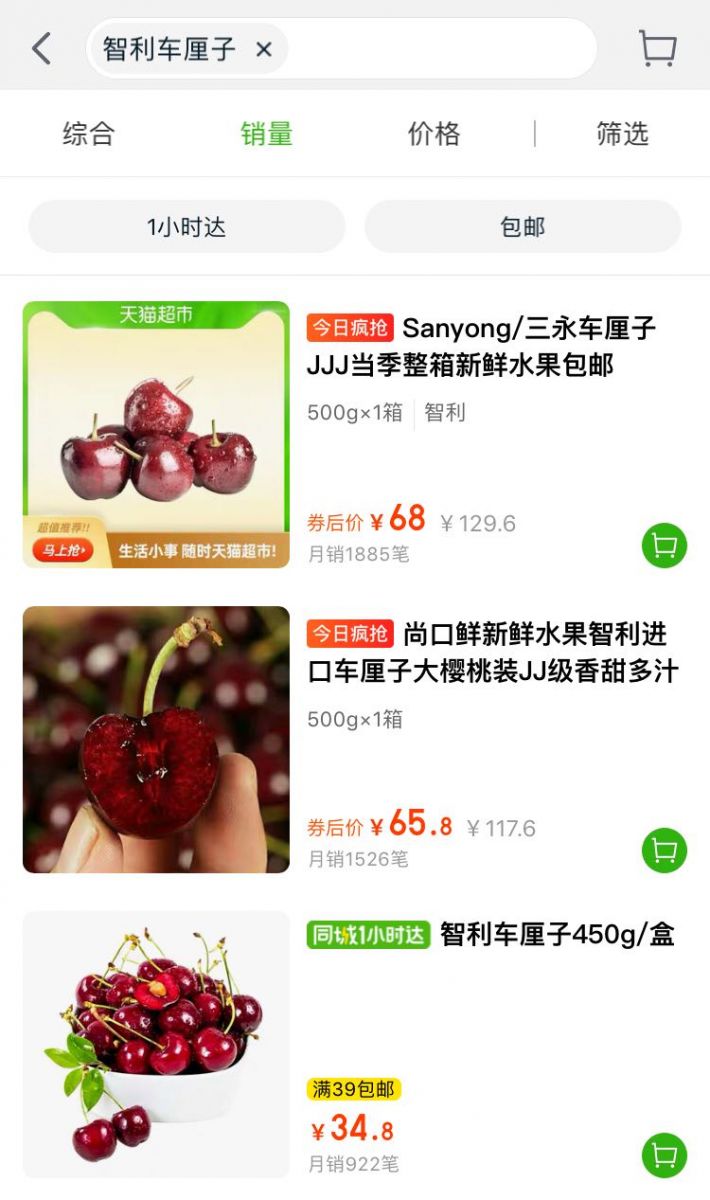
Cherries trending in web searches, merchants optimistic
In an interview with Produce Report, Frutacloud CEO George Liu commented on the trending search term “cherry prices slashed in half,” saying that it currently appears to be having a significant positive impact.
Liu explained that making it to the top of Weibo’s “hot searches” list was giving cherries a free boost in web traffic, with related topics on Weibo already having generated more than 600 million views. Owing to the trending status of cherries, sales were booming on Jan. 11 at Shanghai’s Huizhan wholesale market, and cherry prices have risen.
This year, Liu added, more and more sales channels are devising new methods to bring better value for money to consumers buying Chilean cherries. At the beginning of January, consumers could purchase five-kilogram packs of Chilean cherries from a number of retailers such as Hema Fresh and Carrefour for less than 300 yuan. This has brought many consumers “cherry freedom” — in other words, it has passed along the benefit to more Chinese consumers. This is the result of a joint effort across the entire value chain, including cherry growers, exporters, importers, distributors and retailers. Liu also mentioned that Southern Hemisphere cherry crops have now reached peak ripeness, so come what may, he is confident that the industry can deal with whatever comes its way through collaboration at every stage of the value chain, and that this year’s cherry season will be a successful one.
Is fruit safe during the pandemic? Here’s what industry experts have to say
In several recent incidents, the outer packaging of cold foods imported into China has tested positive for the novel coronavirus. This has led some consumers to have doubts about the safety of imported fruit.
According to the CCTV report, industry experts have explained that as the SARS-CoV-2 novel coronavirus is an animal-borne virus, the probability of it remaining viable on the surface of fruit is extremely low. In addition, in contrast to frozen meats, the temperature of the cold-storage containers used to transport fruit is typically kept above 10 degrees Celsius, with a humidity of at least 80%. With a minimum transportation time of 15 days, plus the time needed for customs inspections, it is basically impossible for the virus to remain viable on the surface of fruit. So, consumers can simply take their fruit home and safely wash and eat it as they normally would.
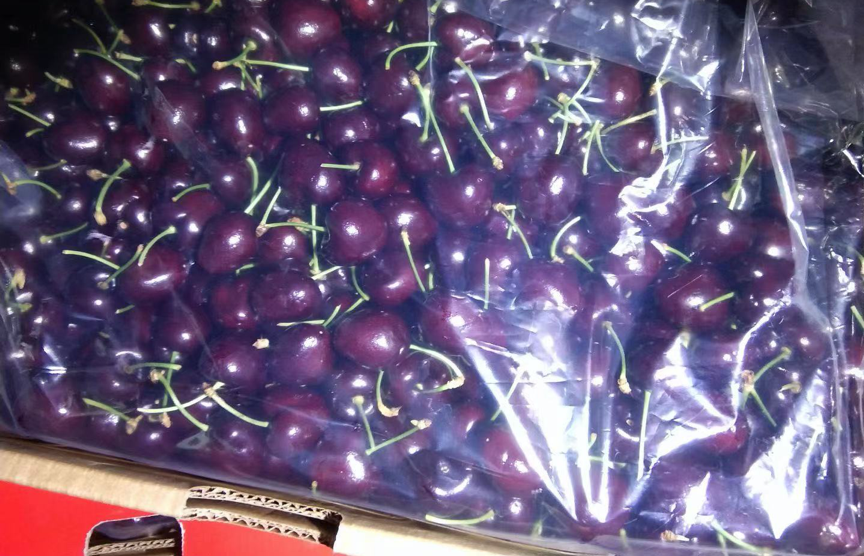
At present, almost all of China’s imported cherries arrive in the country via sea freight, meaning longer transport times of around 25 days. In addition, after harvesting, the cherries are treated with food-safe disinfectant and antimicrobial agents before entering the cold-storage phase. According to the Chilean Fruit Exporters Association (ASOEX), to guarantee the health and safety of exported cherries, shipping containers undergo comprehensive disinfection before being sent to China. Once they reach China, customs authorities will subject the containers to a second inspection and quarantine, only releasing them once they have passed nucleic acid tests.
Images: ASOEX (main image and body image 3), Weibo (body image 1), Tmall (body image 2)



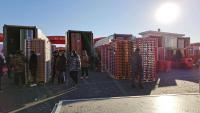

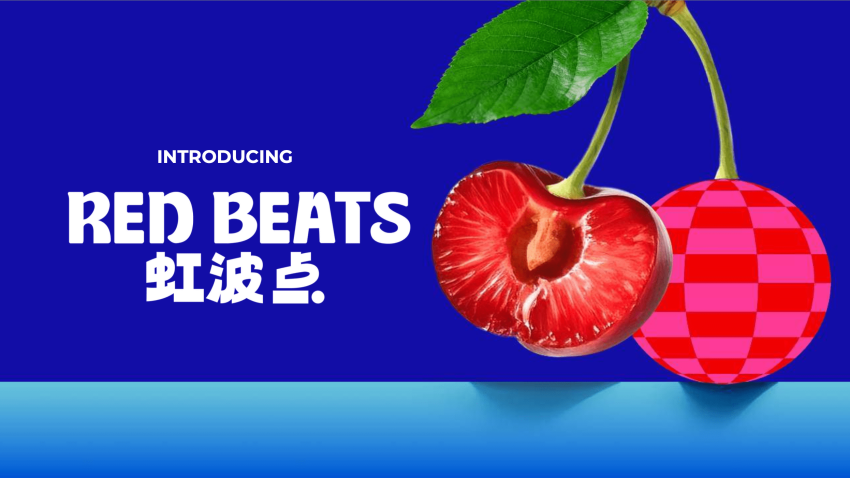

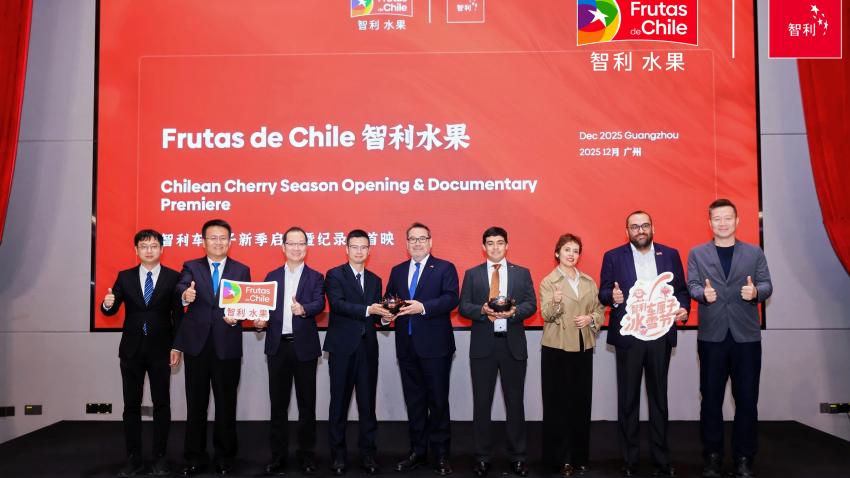







Add new comment